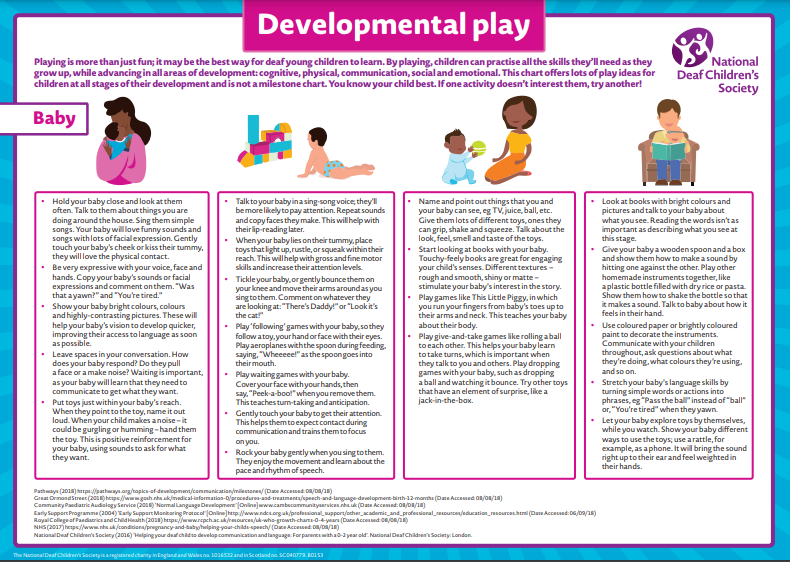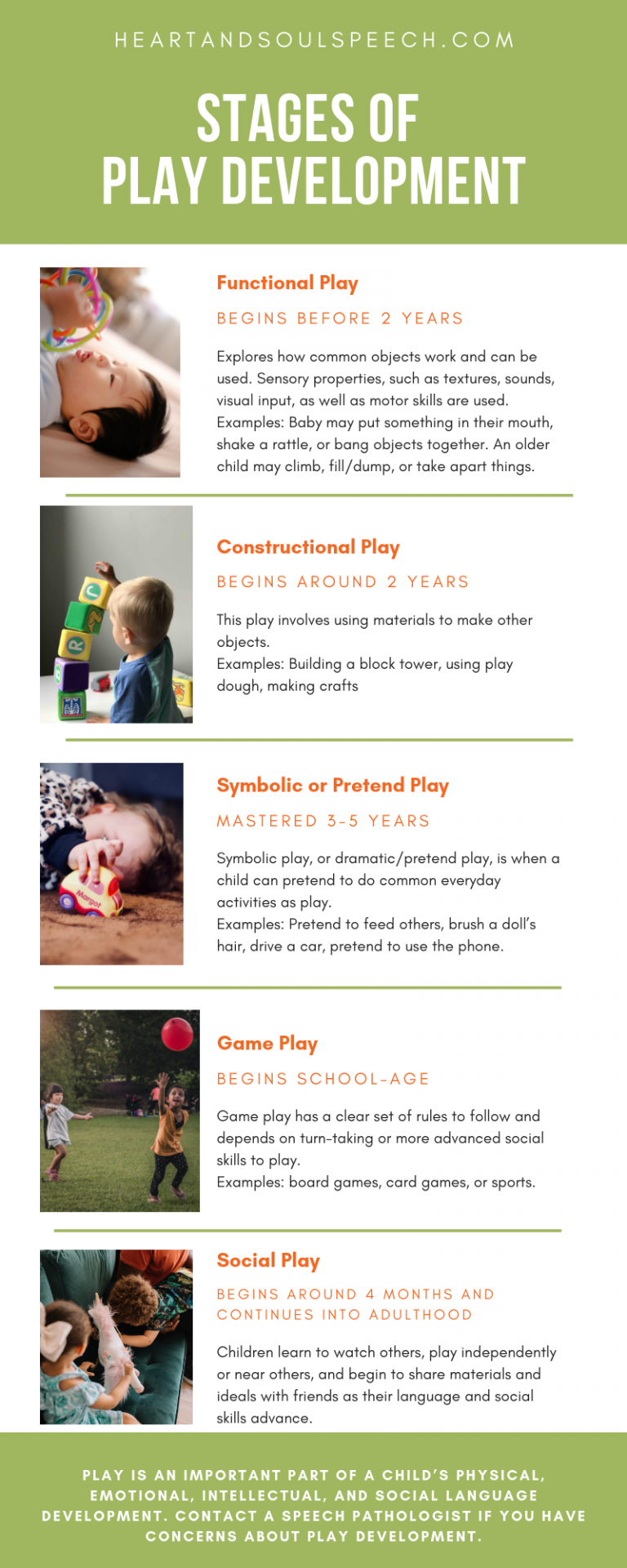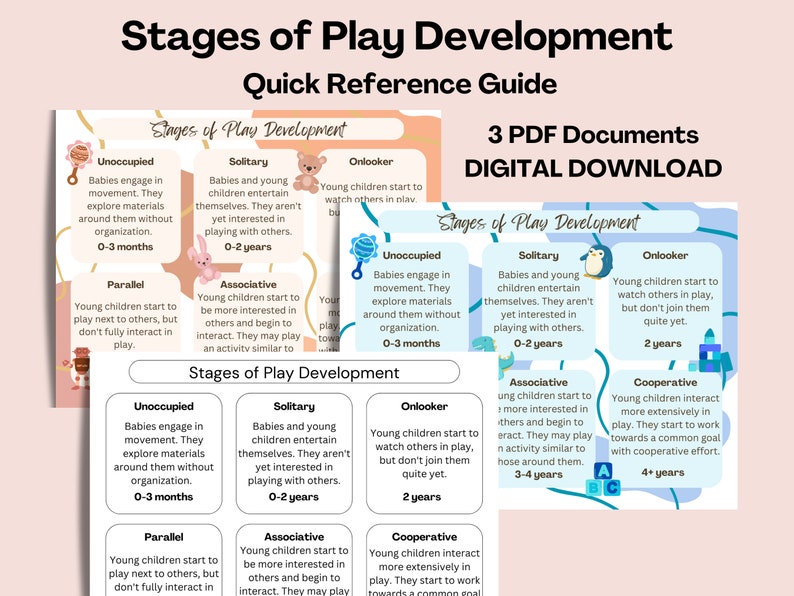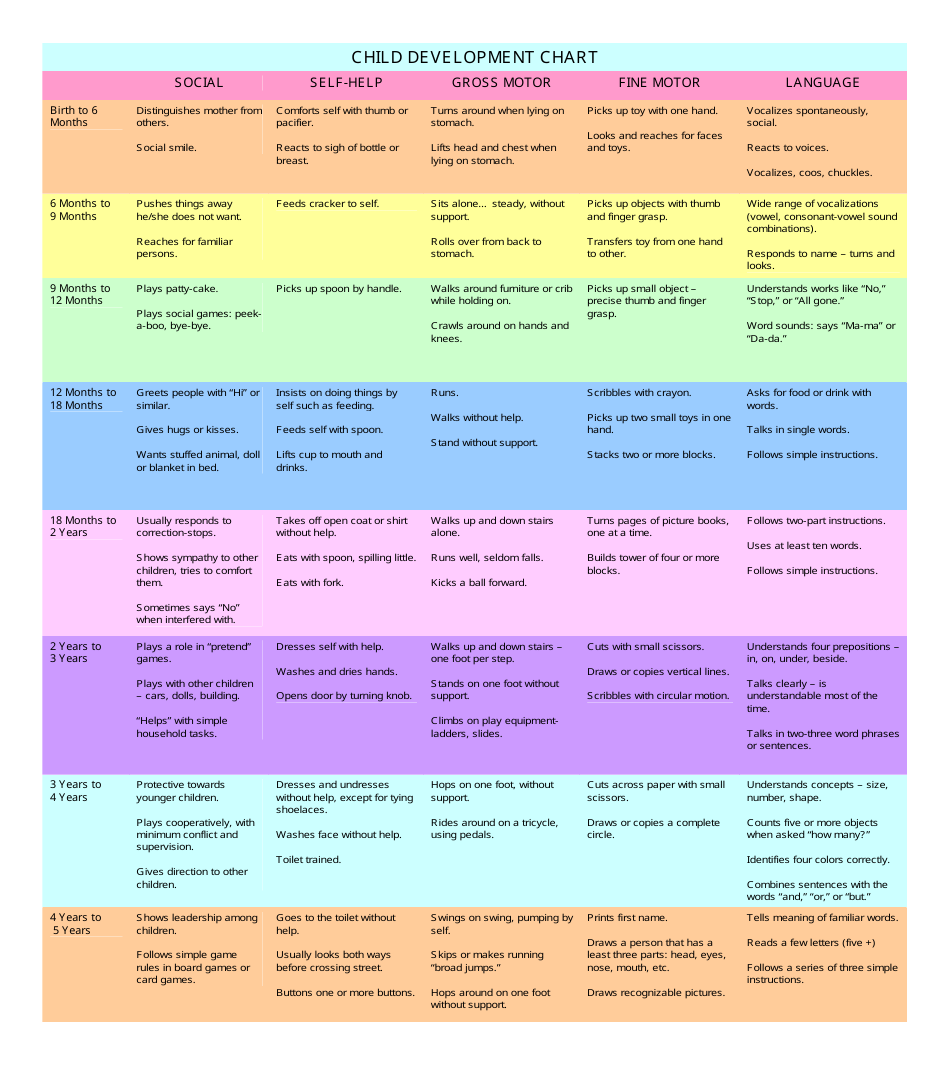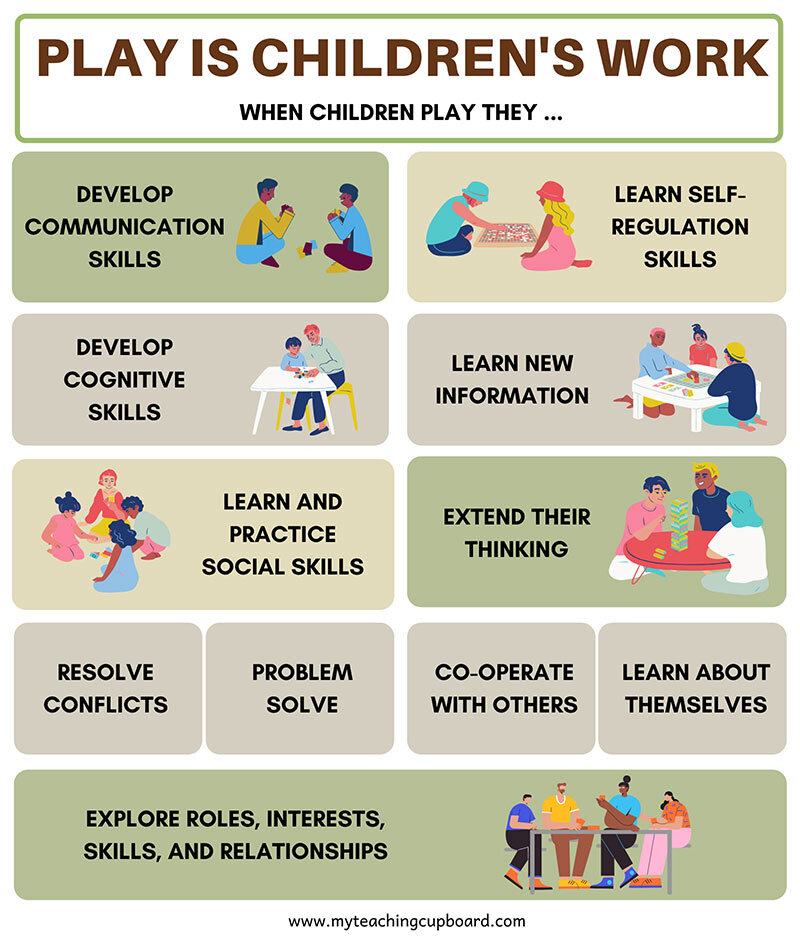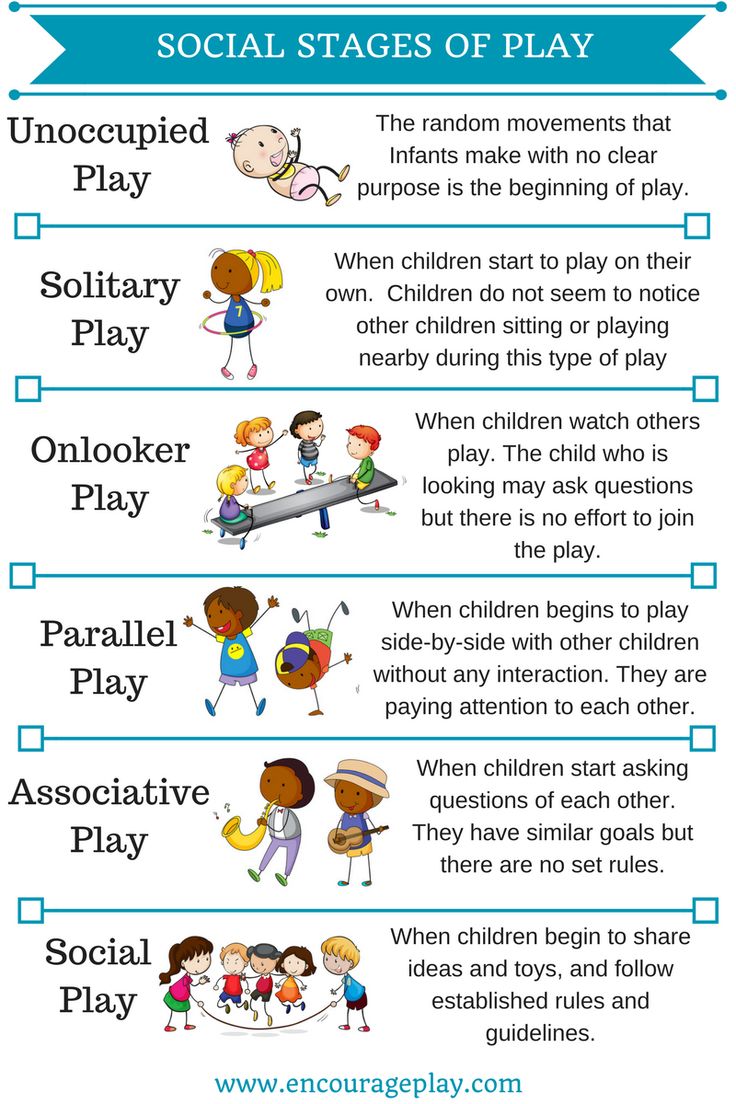Play Milestones By Age - This list explains how children’s play changes by age as they grow. Skills such as taking a first step, smiling for the first time, and waving “bye bye” are called developmental milestones. Parten looked specifically at how children develop play skills during their early years, between ages 2 to 5. All of the stages of play involve exploring, being creative, and having fun.
All of the stages of play involve exploring, being creative, and having fun. This list explains how children’s play changes by age as they grow. Skills such as taking a first step, smiling for the first time, and waving “bye bye” are called developmental milestones. Parten looked specifically at how children develop play skills during their early years, between ages 2 to 5.
This list explains how children’s play changes by age as they grow. Skills such as taking a first step, smiling for the first time, and waving “bye bye” are called developmental milestones. Parten looked specifically at how children develop play skills during their early years, between ages 2 to 5. All of the stages of play involve exploring, being creative, and having fun.
The 6 Stages of How Kids Learn to Play Play Development Early
This list explains how children’s play changes by age as they grow. Skills such as taking a first step, smiling for the first time, and waving “bye bye” are called developmental milestones. Parten looked specifically at how children develop play skills during their early years, between ages 2 to 5. All of the stages of play involve exploring, being creative,.
Child Develop
Parten looked specifically at how children develop play skills during their early years, between ages 2 to 5. All of the stages of play involve exploring, being creative, and having fun. This list explains how children’s play changes by age as they grow. Skills such as taking a first step, smiling for the first time, and waving “bye bye” are.
Language Development Chart
This list explains how children’s play changes by age as they grow. Skills such as taking a first step, smiling for the first time, and waving “bye bye” are called developmental milestones. All of the stages of play involve exploring, being creative, and having fun. Parten looked specifically at how children develop play skills during their early years, between ages.
Stages of Play Development Heart & Soul Speech
This list explains how children’s play changes by age as they grow. Parten looked specifically at how children develop play skills during their early years, between ages 2 to 5. Skills such as taking a first step, smiling for the first time, and waving “bye bye” are called developmental milestones. All of the stages of play involve exploring, being creative,.
Developmental Milestones Stages of Play Quick Reference Form Etsy
Skills such as taking a first step, smiling for the first time, and waving “bye bye” are called developmental milestones. This list explains how children’s play changes by age as they grow. All of the stages of play involve exploring, being creative, and having fun. Parten looked specifically at how children develop play skills during their early years, between ages.
Child Develop
This list explains how children’s play changes by age as they grow. All of the stages of play involve exploring, being creative, and having fun. Skills such as taking a first step, smiling for the first time, and waving “bye bye” are called developmental milestones. Parten looked specifically at how children develop play skills during their early years, between ages.
Developmental Stages of Play Piaget — My Teaching Cupboard (2023)
All of the stages of play involve exploring, being creative, and having fun. Skills such as taking a first step, smiling for the first time, and waving “bye bye” are called developmental milestones. Parten looked specifically at how children develop play skills during their early years, between ages 2 to 5. This list explains how children’s play changes by age.
Stages of Play
Parten looked specifically at how children develop play skills during their early years, between ages 2 to 5. All of the stages of play involve exploring, being creative, and having fun. This list explains how children’s play changes by age as they grow. Skills such as taking a first step, smiling for the first time, and waving “bye bye” are.
The Stages of Play in Early Childhood · The SLP Next Door
This list explains how children’s play changes by age as they grow. All of the stages of play involve exploring, being creative, and having fun. Skills such as taking a first step, smiling for the first time, and waving “bye bye” are called developmental milestones. Parten looked specifically at how children develop play skills during their early years, between ages.
Developmental Stages
Parten looked specifically at how children develop play skills during their early years, between ages 2 to 5. This list explains how children’s play changes by age as they grow. Skills such as taking a first step, smiling for the first time, and waving “bye bye” are called developmental milestones. All of the stages of play involve exploring, being creative,.
Parten Looked Specifically At How Children Develop Play Skills During Their Early Years, Between Ages 2 To 5.
This list explains how children’s play changes by age as they grow. All of the stages of play involve exploring, being creative, and having fun. Skills such as taking a first step, smiling for the first time, and waving “bye bye” are called developmental milestones.


